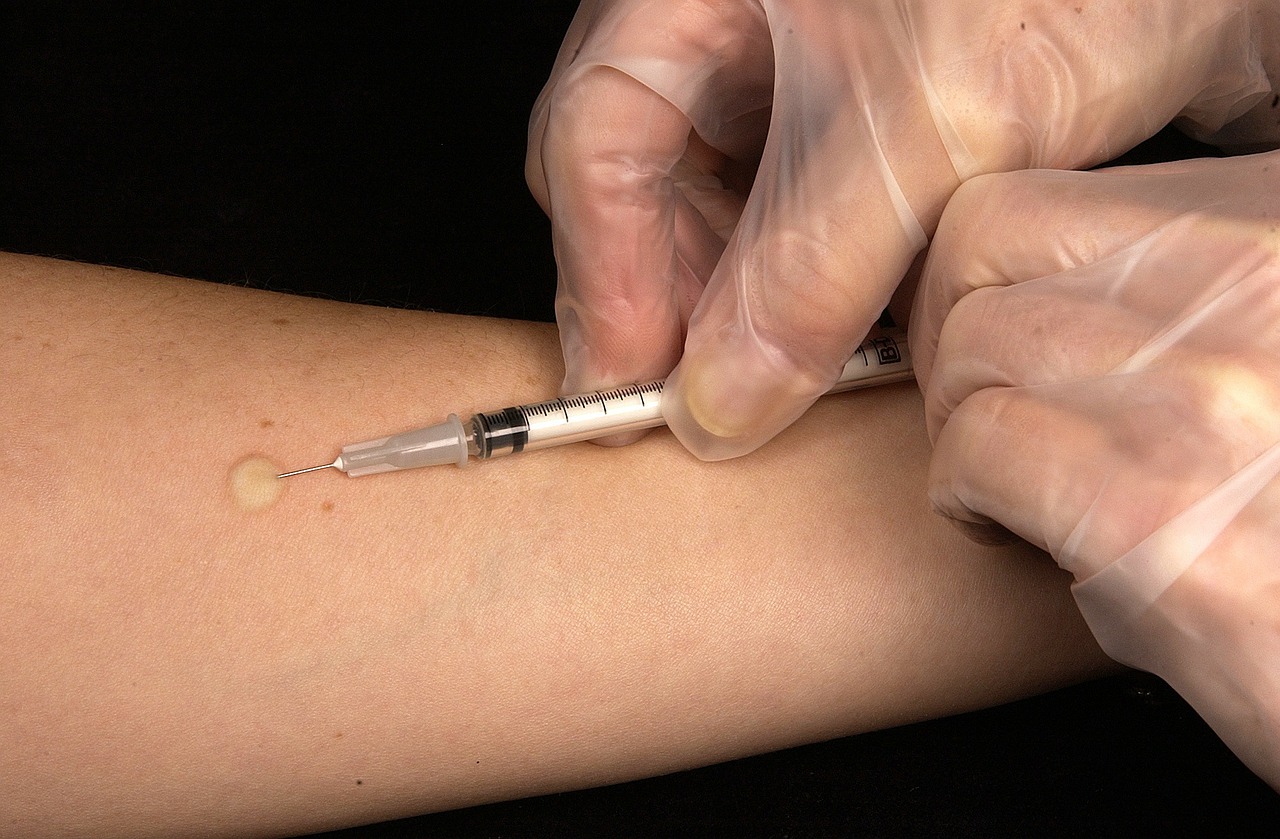Herana Kamal Seneviratne, Joseph Tillotson, Julie M Lade, Linda-Gail Bekker, Sue Li, Subash Pathak, Jessica Justman, Nyaradzo Mgodi, Shobha Swaminathan, Nirupama Sista, Jennifer Farrior, Paul Richardson, Craig W Hendrix, Namandjé N Bumpus
PMID: 33191765
Abstract
A long-acting injectable formulation of rilpivirine (RPV), a non-nucleoside reverse transcriptase inhibitor, is currently under investigation for use in HIV maintenance therapy. We previously characterized RPV metabolism following oral dosing and identified seven metabolites: four metabolites resulting from mono- or dioxygenation of the 2,6-dimethylphenyl ring itself or either of the two methyl groups located on that ring, one N-linked RPV glucuronide conjugate, and two O-linked RPV glucuronides produced via glucuronidation of mono- and dihydroxymethyl metabolites. However, as is true for most drugs, the metabolism of RPV following injection has yet to be reported. The phase II clinical trial HPTN 076 enrolled 136 HIV-uninfected women and investigated the safety and acceptability of long-acting injectable RPV for use in HIV pre-exposure prophylaxis. Through the analysis of plasma samples from 80 of these participants in the active product arm of the study, we were able to detect two metabolites following intramuscular injection of long-acting RPV, 2-hydroxymethyl-RPV and RPV N-glucuronide. Of the total of 80 individuals, 72 subjects exhibited detectable levels of 2-hydroxymethyl-RPV in plasma samples whereas RPV N-glucuronide was detectable in plasma samples of 78 participants. Additionally, RPV N-glucuronide was detectable in rectal fluid, cervicovaginal fluid, and vaginal tissue. To investigate potential genetic variation in genes encoding enzymes relevant to RPV metabolism, we isolated genomic DNA and performed next-generation sequencing of CYP3A4, CYP3A5, UGT1A1 and UGT1A4. From these analyses, 4 missense variants were detected for CYP3A4 while one missense variant and one frameshift variant were detected for CYP3A5. A total of 8 missense variants of UGT1A4 were detected, whereas 2 variants were detected for UGT1A1; however, these variants did not appear to account for the observed interindividual variability in metabolite levels. These findings provide insight into the metabolism of long-acting RPV and contribute to overall understanding of metabolism following oral dosing versus injection.









